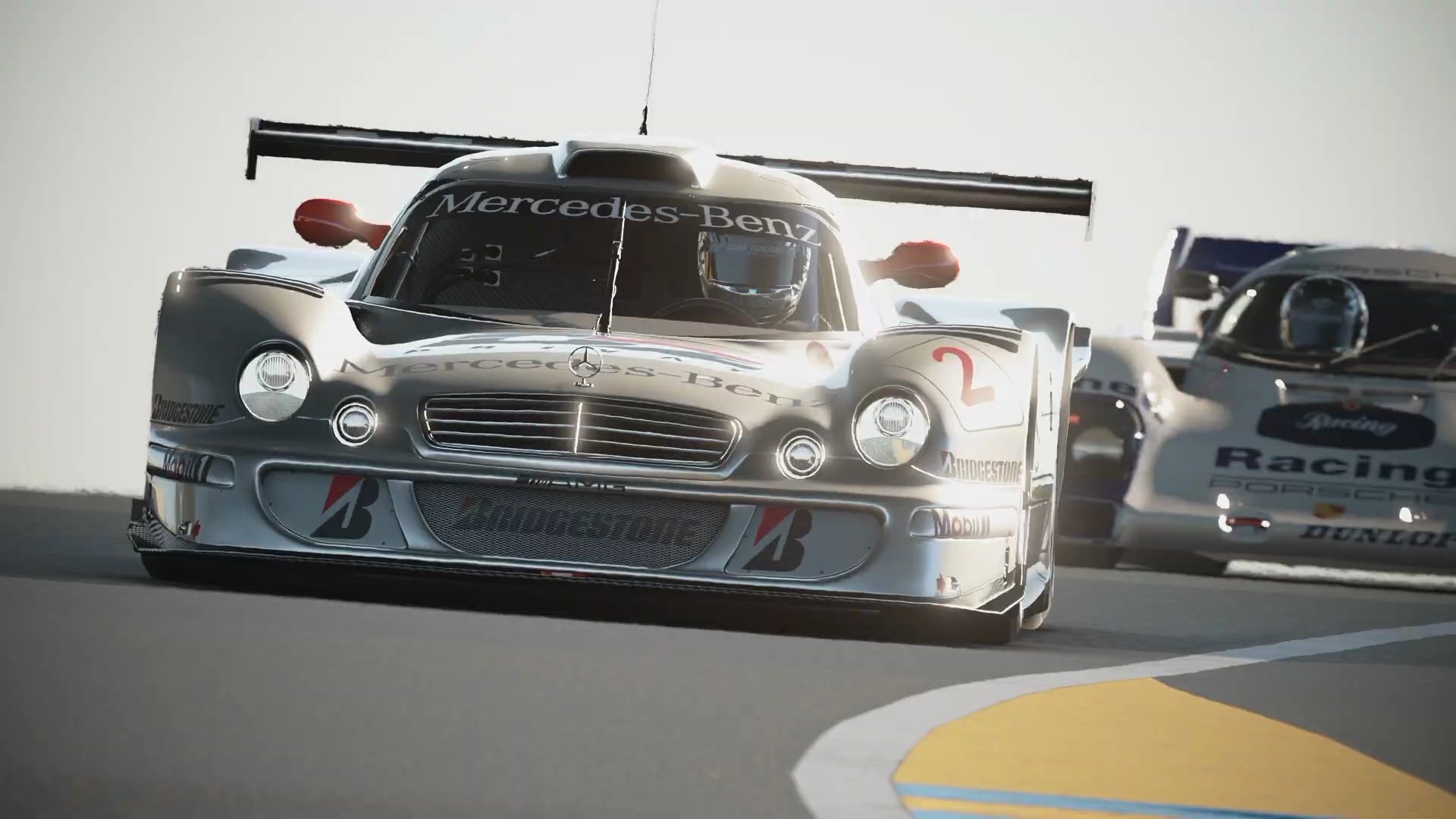- 492

- Austria
I actually thought it would be the opposite?
Well, that somehow makes sense I guess.As a car turns normally the weight will shift to the outer wheel and make it turn more, making the car more rigid will have the weight more distributed across the left and right wheels more creating less roll in the turn and appear to be more "understeery" in nature in comparison, so that is why the PP is lower but when tuning the suspension and the LSD you can eliminate the understeer but the PP calculation no longer includes suspension changes
It would be limiting the torsional stiffnessWell, that somehow makes sense I guess.
My reasoning was that it allows the car to react quicker and more precise, maybe also enhances cornering speeds. Although I'm still not sure if this "body rigidity" in game is the same what's called "Verwindungssteiffigkeit" in German. (I think that would rather translate to "torsional stiffness", so probably is not the same.)
Maybe it also depends on what other suspension items are installed? Just spit-balling here, but if you have just the stock suspension and increase the rigidity, it will improve the PP because it's improving upon the 'poor performing' stock suspension? 🤷♂️OK, I'm even more confused now.
Yesterday I tuned an E-Type. Increasing Body Rigidity did lower the PP.
Today I tuned a Beat. Increasing Body Rigidity did raise the PP.
??
Well, I don't know, that's why I asked.Maybe it also depends on what other suspension items are installed? Just spit-balling here, but if you have just the stock suspension and increase the rigidity, it will improve the PP because it's improving upon the 'poor performing' stock suspension? 🤷♂️
Jerome
PP calculations are both complex and buggy.OK, I'm even more confused now
??
Other than seem welding the shell, increasing body rigidity usually means adding a substantial roll cage* which strengthens and solidifies the suspension mounting points in respect to each other which gives the suspension a more stable platform to do it's job. A roll cage will add more weight, so should lower the PP.I figured because when seam welding - which I always assumed this modification was - adds weight from the filler rod.
That’s how it works in the real world…with PD who could even guess.

GT7 has a separate cage function.Other than seem welding the shell, increasing body rigidity usually means adding a substantial roll cage* which strengthens and solidifies the suspension mounting points in respect to each other which gives the suspension a more stable platform to do it's job. A roll cage will add more weight, so should lower the PP.
But. Adding a cage usually means taking out a good chunk of the interior which will often cancel out the added weight of the cage, or go a long way towards it, and the added rigidity should really increase PP IMO, but you know, PD.
* i don't have GT7 so i assume adding a cage is part of the 'increase body rigidity' modification?
The answer is "it depends", but also "since things were taken out of the PP calculation since launch it could be bugged".I thought since this is a rather basic question and this is a subforum for tuning with ppl who tuned literally hundreds of cars, someone would know.
Are front and rear (if applicable) strut braces a separate function too? Not that they'd add that much weight.GT7 has a separate cage function.

At least for wide tyres they improve tyre life.I often wonder what the lap time cumulative effect of all the small PP parts is. Rigidity, widened and offset tyres, roll cage, flywheels and prop shaft...
